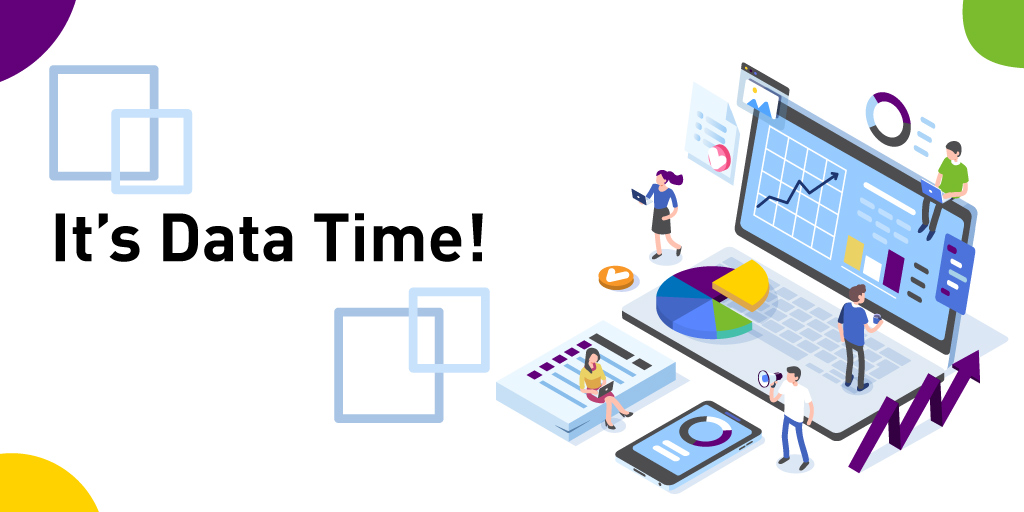
I realize this subject might make your skin crawl—sometimes we teachers feel like all we do is test, test, test. I recently read an article from USA Today stating that despite all our efforts with Common Core and standardized testing, the US is still lagging behind in test scores. However, I think what’s missing is how to use that data to guide our instruction and how to involve our students with the process.
As the winter testing window begins to open, here are a few tips for your classroom practice:
Test Prep: For starters, it’s necessary to properly prepare your students for the test. This doesn’t mean teach to the test, but it’s important to teach test-taking strategies—you can visit the test’s website for more information. Teach students the importance of reading the directions thoroughly and encourage them to try their best to answer every question. If students come across a difficult question, tell them not to spend too much time on it. They should try to eliminate incorrect answers as best they can and then move on. Stress the importance of proper sleep and a well-balanced breakfast before the test. Go over any difficult vocabulary words that tests often use, such as determine, summarize, context, calculate, evidence, etc. This is especially important for English language learners or students with learning disabilities.
Data Analysis: Once you administer a test, it’s important to organize the data so you can analyze it. Use a spreadsheet or graphs with student names and scores for easy reference. Or, if you are using assessment devices, utilize the built-in software to help organize your class information. Think of the test you have administered; you may only need to document critical subtest categories. Most testing companies have a very user-friendly website that can give you a wealth of information. For example, NWEA MAP provides teachers with student profiles indicating different skill deficits and/or strengths. Spend time talking with colleagues about the scores—I have learned so much from other teachers and instructional coaches. Collaboration can be very helpful when trying to decipher what your students need. Using classroom data can also play a key role in analyzing student performance. Being reflective and intentional in this process will help you move forward with a proper plan for your students.
Goal Setting: What good is administering a test if students can’t take ownership of their scores? It’s important to take time to conference with each student and set SMART goals—goals need to be specific, measurable, attainable, realistic and trackable. Create a form that students can fill out with these guiding principles. Students can write clear goals such as “improve reading comprehension” and specific ways to achieve it such as “answer 8/10 questions correctly after reading a passage” within a certain time frame, like “weekly reading tests.” Then have students track their progress. This process can be a powerful motivator for students as they take responsibility for their own learning.
Differentiate Instruction: It’s crucial that you use your data to differentiate your instruction. There is a common misconception that differentiating instruction means always working with small groups. However, in actuality, it is a blend of whole group, small group, and individualized instruction. Once you have analyzed your data, you can determine which skills or standards can be taught to the whole group versus small group instruction. For example, after reviewing skill deficits, you may determine that most of your class needs a refresher on making inferences, or you may notice that a small group of students have not mastered how to convert fractions into decimals. Differentiation is meant to be fluid and ongoing. Groups will continue to change as certain skills are mastered.
Progress Monitoring: Once you’ve analyzed your data and determined how to differentiate instruction, it’s necessary to monitor students’ progress. There are several tools out there to assist you. It might be helpful to create a data binder for each student. Inside the binder, students can have their test scores as well as their goal setting forms. As students achieve various goals, they can add that information to their binders. Any other progress monitoring, such as DIBELS oral reading fluency, can be added to their binders with graphs provided from the company’s website. There are also online tools students can use, such as Google Docs or Google Sheets, to gather data. By using simplified forms, even younger students can be part of this process. Grade-level standards can also be included with dates of mastery. As teachers, we are monitoring student progress all the time. However, including students in this experience will make learning more meaningful.
Student Achievement: And here we are at the ultimate goal: student achievement. Our number one goal as educators lies in the success of our students. Student achievement starts with the relationships we build with them from day one. From there, we provide students with a quality education. In order for students to reach their full potential, we need to provide a personalized learning experience for each one of our students—this may require a shift in our teaching practice. Achievement is the measured growth of each student the moment they walk through our classroom door. It is our responsibility to meet their individual needs. By analyzing student data, goal setting, differentiating instruction, and monitoring student progress, students can become successful learners full of accomplishments.
Want to learn more about assessment tools you can use in the classroom? Check out some of the options here.>>



